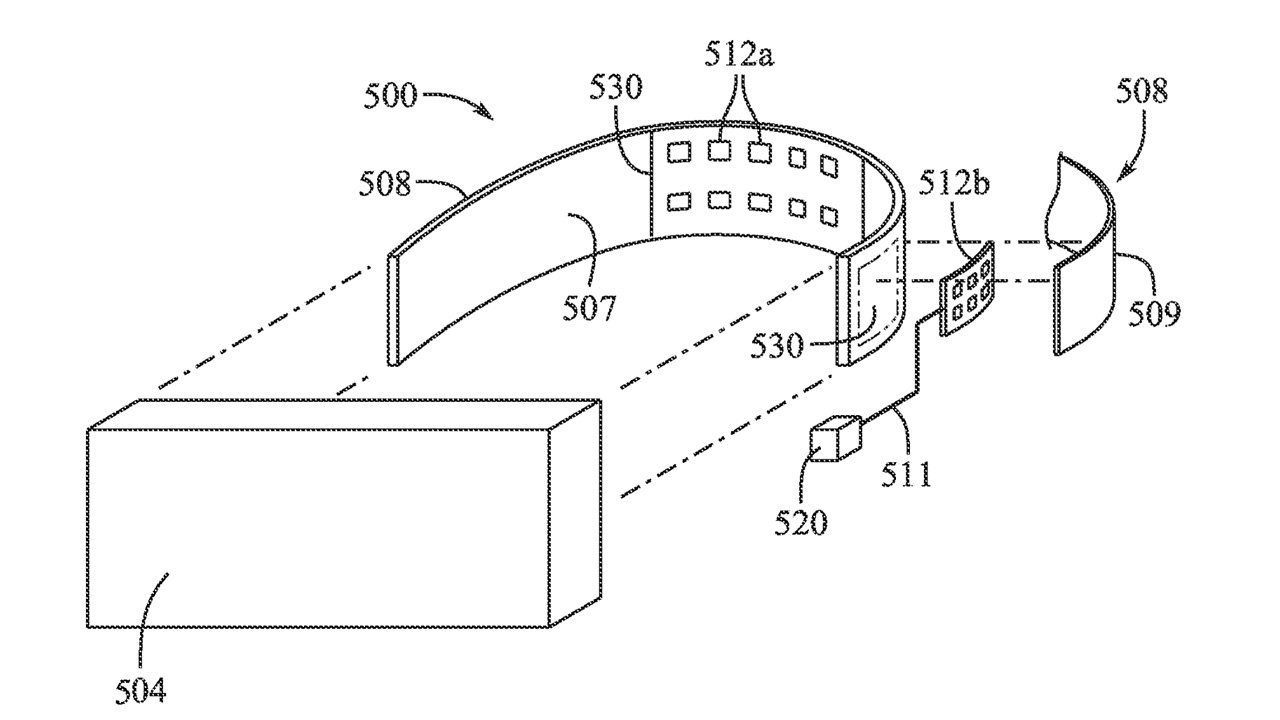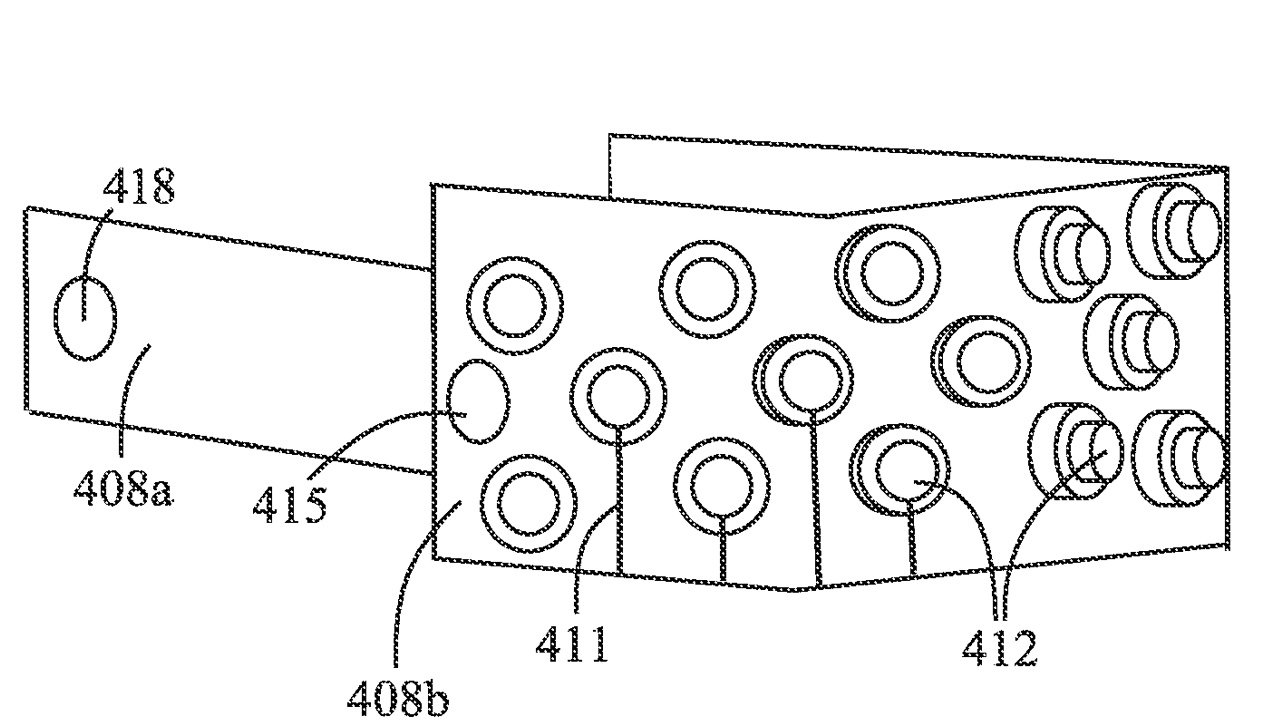Future Apple Vision Pro brainwave sensors could improve mental and physical health
Apple is working on technology that could turn the Apple Vision Pro into a brainwave reader to improve mental health, assist with training and workouts, and help with mindfulness.

Any number of sensors, including brainwave and biometric, could be part of future headset plans.
The technology in this patent would allow the Apple Vision Pro-- or any future headset-- to form a brain-computer interface, such as a noninvasive neural interface. Does this mean that future Apple AR/VR headsets can read your mind? Yes and no.
The technology would monitor a body's many systems like the heart, lungs, and brain regions. Specifically for the brain, this can help determine if the brain's learning centers are active or if brainwaves are showing a panic response.
This "neural interface" wouldn't be able to read a user's thoughts directly, but it would collect data that would drive health-related activities. In much the same way that the Apple Watch sensors are used to track workouts, sleep, and heart health, these sensors would bring new levels of awareness to a user's activity.
Apple Vision Pro future brainwave monitoring?
Apple also describes a system for monitoring different brain regions, such as the areas responsible for learning, anxiety, visual stimulation, etc. Given the success of current treatments for Post-Traumatic Stress Disorder that include auditory stimulation, it's easy to imagine a new technique for helping trauma patients.
Overall physical and mental health appear to be key to this patent application. Apple describes systems using a light-blocking headset design to make the experience fully immersive. Existing biofeedback tech already blocks out ambient light for better focus, and by extension, Apple could make a therapeutic-based device used by medical and mental health practitioners.
Another likely application is using the sensors to help students and others with neurodivergent learning issues improve their focus and comprehension through feedback.
Embedded sensors for full-body detection
The patent describes embedding sensors in a device's headband to monitor different brain areas. Headbands detect body temperature, pulse data, respiration rate, and blood pressure effectively.
The list of individual sensors that could be integrated in the device is staggering. Listing a sensor doesn't mean it will be in future products, only that Apple is considering all possible use cases. Some sensors, including functional magnetic infrared imaging (FMRI) sensors, seem unlikely to arrive soon.
The list of technology that could be included in a future headband is impressive and could unlock some amazing uses for AR and VR.
The Apple patent describes how the technology could be used to drive guided meditation apps, complete with feedback through haptics and the visual interface. Similar uses during exercise seem certain with this technology, including workouts that provide real-time biometric feedback on everything from heart rate and blood pressure to muscle contraction and sweat gland activity.
Workouts and physical activity
If you think Fitness+ workouts are integrated with the Apple Watch experience, imagine hopping into a weightlifting session where your headset tells you if you're performing the exercises properly and how much exertion is needed to hit your muscle-building goals.
It's easy to imagine a world where professional athletes and aspiring enthusiasts use this technology in practice and recovery. Programs like the popular cycling fitness app Zwift use heart rate and power data to adjust the workout experience. Adding blood pressure and stress levels could help turn this into a training and recovery tool.

Sensors embedded into a headband could read user brain activity and body metrics
While it might seem invasive to have a device monitor the brain, this is already done in the applications this technology seems destined to power. The difference is that instead of wiring someone to individual blood pressure, brain monitoring, and stress-sending components, a complete diagnostic system could live inside the headband of an AR/VR headset.
This patent is credited to Javier Mendez, who also has a patent for possible wireless charging battery packs, GPS receivers, and other sensors that could be integrated into the Apple Watch's band.
Read on AppleInsider
